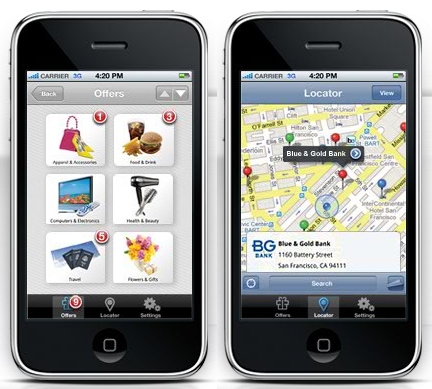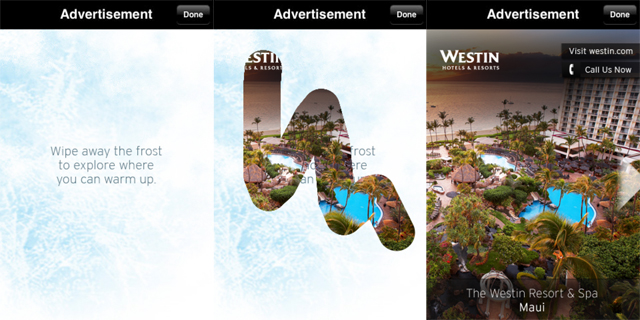3 Reasons Businesses and Consumers LOVE Mobile Marketing
Lets start off by clarifying exactly what mobile marketing entails. Mobile marketing is a way businesses can directly communicate with consumers via handheld devices. These devices, usually smartphones and tablets, can provide information to customers by promoting goods, services, and ideas. There are several different approaches to mobile marketing. Today, we’re going to show you 3 ways mobile marketing is LOVED by businesses and consumers alike!

Convenience
When it comes to reaching customers quickly, efficiently, and in a way that is convenient for them, there is no method that compares to mobile marketing. Consumers today have higher expectations for their devices and expect to find the information they need on their mobile devices instantly, without hassle. Consumers shopping for products and services often want to access the information in a mobile-friendly format while on the go. For example, an in-store shopper spots the latest laptop and is very interested. So the shopper pulls up the company’s website on a smartphone to get more details on the device. To help capture the sale, the retailer’s site should be optimized for mobile browsing, otherwise the sale could be lost. Businesses that are not accessible on mobile phones are losing to their competitors who DO have a strong mobile presence. Along with this, many companies are also using mobile apps to boost brand awareness. Mobile apps can be downloaded right to the home screen of mobile devices. People tend to download apps for things they do regularly or for things that tie into their lifestyle. For example, many smartphone users download the Facebook app instead of using the mobile version of the website because the experience is better. Convenience matters! Retailers who have an app available for their customers make it much easier to search for products and their customers appreciate them for this. Mobile apps and mobile website are both equally important because, based on reports, consumers are split on what they prefer with 58% preferring mobile optimized sites to mobile apps. Consumers have indicated that downloading and regularly upgrading applications is not convenient. However, mobile apps are still a great way to engage customers and create a loyal following. If you lack either a mobile app or a mobile optimized website, you are essentially cutting your audience in half.

Location, Location, Location
Location-Based Services (LBS) are informational services that utilize the geographical position of a consumer’s mobile device. Rarely will a consumer have their phone not within arms reach, so LBS applications can reach virtually anybody, at any time, regardless of where they are located. In mobile marketing, LBS applications are used as an advertising or marketing service that uses specific location information of customers to deliver the right message to the right person at the right place AND the right time. Consumers are happy to receive mobile marketing messages if they are relevant, personalized, and offer some kind of benefit or reward. SMS marketing is great way for businesses to make consumers feel special. Especially when they think they’re part of an exclusive group of people who receive deals and discounts via text message.

Social Media
Some of us can’t go a single day let alone a few hours without using our smartphones or tablets. Now if that isn’t enough, social media has also established a grip on our daily lives. Social media has played a huge role in how people interact with each other in today’s day in age and has actually revolutionized the entire social landscape. From a business perspective, social media, paired with a mobile marketing campaign, creates multiple new channels for your business to bring in new leads and customers. Social media is an important marketing strategy for businesses that provides a way for consumers to connect with businesses and brands via mobile. Companies can create social media fan pages that consumers can access and engage with to get information about upcoming events and specials. Businesses can also use this opportunity to convey the company’s voice and become a trusted source of information for consumers. Once you’ve established a trust with your consumers, you start creating relationships that can last a lifetime.

Mobile marketing can work so well for so many different businesses on so many different levels. On top of this, mobile marketing is much cheaper than any other form of marketing and has been proven to be equally, or even more effective than outbound marketing methods. Several companies have already seen the benefits of mobile marketing for themselves and have already implemented extremely successful mobile marketing campaigns. Don’t be one of the companies who fall by the wayside simply because you were too stubborn to adapt to modern marketing methods. Adapt and survive! Adapt and THRIVE!







